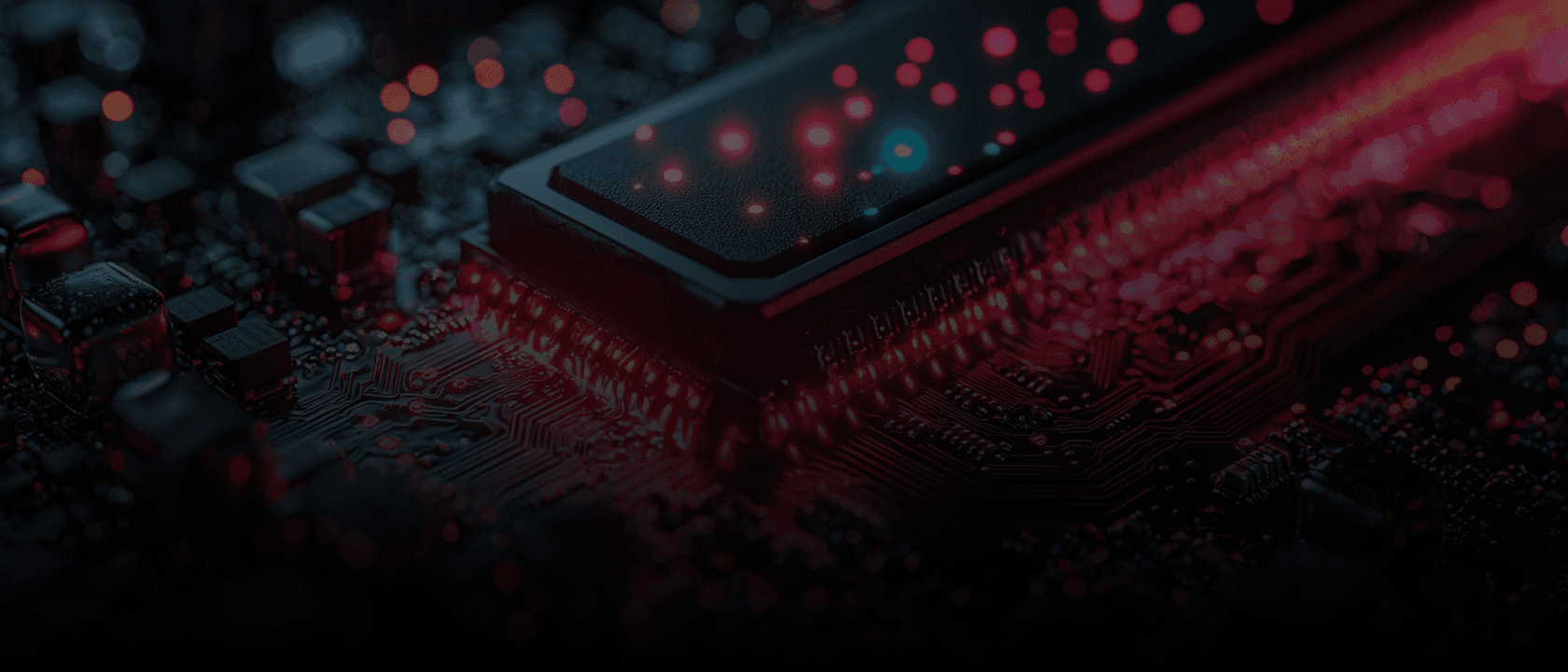
Gaming video cards (RTX 4090, RTX 4080, RTX 4070) are designed for beautiful graphics in games. They have enough video memory (12-24 GB) and high performance, but they are not optimized for long-term operation under maximum load 24/7.
Professional GPUs (A100, H100, L40S) are the workhorses of data centers. They are 2-3 times more expensive, but more reliable, have special Tensor cores for machine learning, more video memory (40-80 GB) and can work for years without interruption.
VRAM (video memory) is the most important parameter. This is the "RAM" of the video card, where the trained model is stored during operation. The larger the model, the more VRAM is needed. Modern LLMs require 40-80 GB, computer vision - 12-24 GB, and simple tasks - 8-12 GB.
CUDA cores determine the speed of regular calculations. More cores = faster data processing. Modern cards have 2000-16000 cores.
TTensor cores are special blocks for AI calculations. They are only found in professional A and H series cards. They speed up neural network training by 3-10 times compared to regular cores.
Memory bandwidth is the speed of data exchange between the GPU and VRAM. Critical for large models. Measured in TB/s.
Multi-GPU setup — multiple GPUs work together. Needed for very large models. Requires special code to distribute computations.
High-memory instances — configurations with a large amount of regular RAM (256-1024 GB) for data preprocessing.
Spot instances — rent idle capacity with a 50-80% discount. Can be interrupted, but are great for experiments.
Preemptible instances — cheap instances that automatically stop after 1-24 hours. Ideal for short tasks.
Reserved instances — prepaying for long-term use gives a 20-40% discount.
The secret to saving is proper planning. Use cheap cards for data preparation and code debugging, and powerful ones only for final training. Automatically stop instances after finishing work.
Prices vary by region by 20-50%. Servers in the US are usually more expensive than in Europe or Asia. But consider network latency when working with data.
In 2025, new GPU architectures (NVIDIA Blackwell, AMD RDNA 4) are expected to appear, specially optimized for transformers and large language models. But the principles of choice will remain the same: analyze the requirements of the task, test on small configurations, scale as needed.
Remember: the most expensive GPU is not always the best for your task. Sometimes two average cards work more efficiently and are cheaper than one top one.